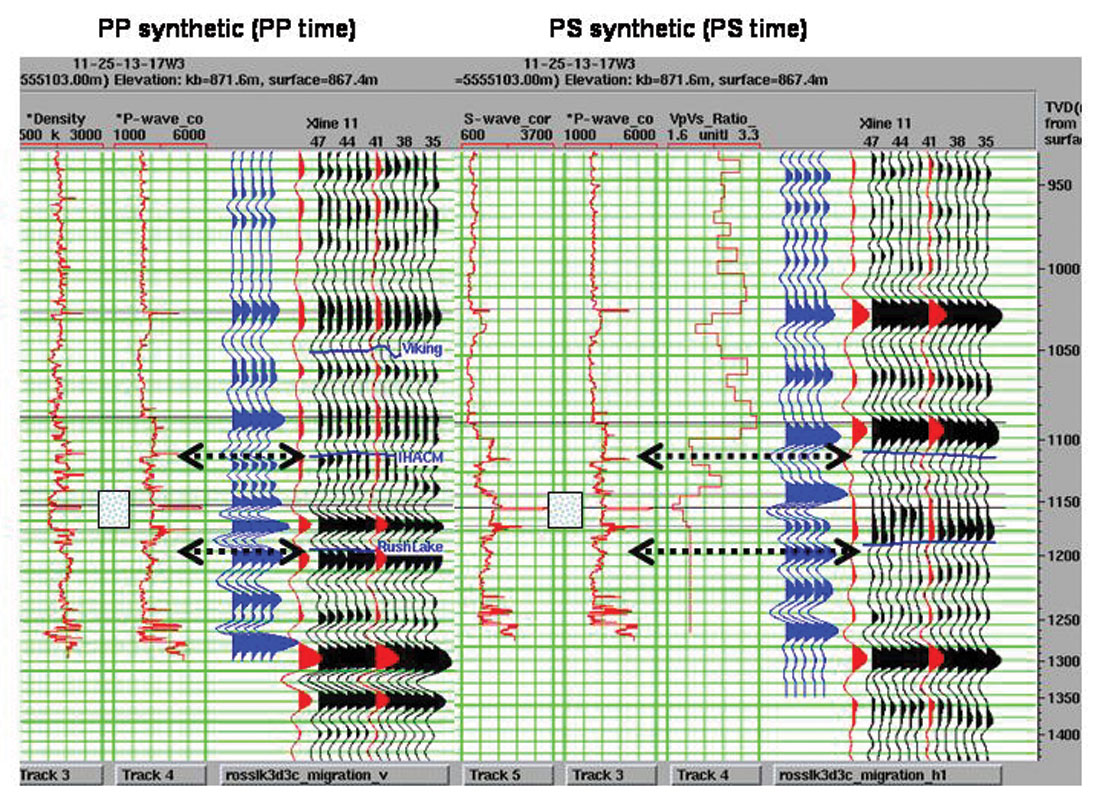

Should we call it expression or communication? Innovation, 10, 333–344.Įkman, P., & Friesen, W. Strong evidence for universals in facial expressions: a reply to Russell’s mistaken critique. Sex differences in emotion recognition: evidence for a small overall female superiority on facial disgust.

Facial expression recognition across the adult life span. J., Keane, J., Manly, T., Sprengelmeyer, R., Scott, S., Nimmo-Smith, I., & Young, A.

McCarthy (Eds.), Behavioral endocrinology (pp. Sexual differentiation of the brain and behavior. Ethology and Sociobiology, 6, 89–101.īreedlove, S. Sex differences in the recognition of infant facial expressions of emotion: the primary caretaker hypothesis. British Journal of Psychiatry, 198, 302–308.īabchuk, W. State-dependent alteration in face emotion recognition in depression. G., Lloyd-Williams, K., Elliott, R., & Deakin, J. M., Shippen, C., Juhasz, G., Chase, D., Thomas, E., Downey, D., Toth, Z. Cortical systems for the recognition of emotion in facial expressions. Proceedings of the National Academy of Sciences, 111, 9792–9797.Īdolphs, R., Damasio, H., Tranel, D., & Damasio, A. Father’s brain is sensitive to childcare experiences. Implications of this association are discussed.Ībraham, E., Hendler, T., Shapira-Lichter, I., Kanat-Maymon, Y., Zagoory-Sharon, O., & Feldman, R. Direct parenting experience, but not other forms of learned experience involving young children, was also found to be associated with the accuracy of emotion discrimination. The sex difference was shown to extend robustly to infant and toddler faces, which represent a more ecologically valid test of the fitness threat hypothesis. A female superiority in accuracy, which was more pronounced for negative than positive expressions, was found for adult face stimuli, replicating our previous findings. In the present study, we further investigated sex differences in a new sample of 95 healthy men and women of reproductive age ( M age = 22.09 years), using images of both children’s and adult’s faces as stimuli to evaluate the speed and accuracy of emotion recognition.

In a previous study, we showed a female superiority on a set of computer-administered emotion recognition tasks that was most prominent for the discrimination of negatively as opposed to positively valenced facial expressions (e.g., fear), providing empirical support for the “fitness threat” hypothesis. Evolutionary theories have suggested that a female superiority in the recognition of facial emotion may be an adaptation that arises from women’s greater responsibility and investment in child-rearing and infant care.


 0 kommentar(er)
0 kommentar(er)
